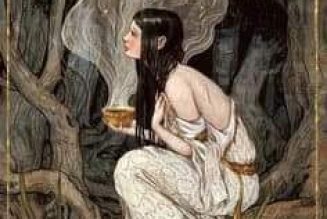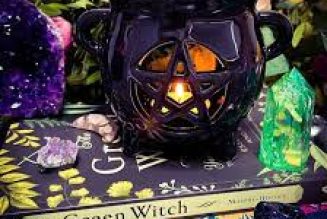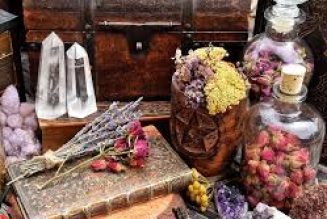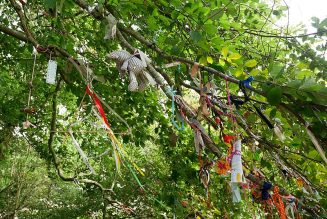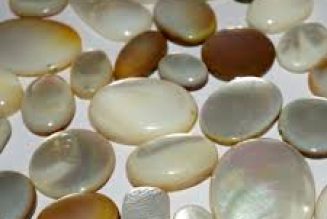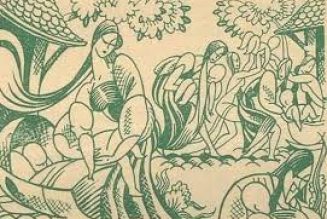
Over the centuries many different schools of
Feng Shui have developed. The basic principles
are broadly the same, though each school has a
slightly different focus. There are three main
schools in existence today:
Form School
This school focuses on the features of the
surrounding landscape and the correct use of
the positioning of buildings – and, in former
times, burial sites – to gain protection from
inauspicious winds (feng) and provide
adequate water to sustain life (shui), though the
latter’s energy can be unpredictable.
A site or building, by tradition, needs the
protective or energizing force of particular
animals. (The Chinese believe that four celestial
animals guard the four directions: the dragon
to the east, the red bird or phoenix to the south,
the tiger to the west and the tortoise, enlaced by
a snake, to the north.) If landforms or other
natural features surrounding the site can be
seen as such symbols, then the location is
extremely fortunate. The building is protected
and/or energized according to its position. The
art of the practitioner is to minimize or deflect
bad energy (sha) and bring beneficial energy
(chi) to the establishment.
Compass School
This style of Feng Shui uses the eight major
trigrams of the I Ching (see pages 135-143 for a
full explanation) and relates them to the eight
principal points of the Compass. These are laid
out to form the eight-sided figure called the Pa
Kua, which is used to interpret the favourable
and unfavourable locations, not just for
buildings as a whole but also house floor plans
and room layouts. The Feng Shui practitioner
will advise on the correct placement of objects
within each ‘mansion’ and will often advise on
colour. The Compass school may also use the
Flying Star system, which takes into account
the astrological significances (calculated
according to the Chinese system) of the time at
which the house was built.
The Chinese compass works in the reverse to
the Western way of thinking, with the South at
the top of the diagram. Just as with Western
astrology and magical systems, in Chinese
thought, each direction is focused on certain
important areas of life or significances. Each
compass point and trigram has its own
‘Mansion’ within which are held the energies of
that direction, to be drawn on or mitigated at
will by the able practitioner.
Above are the significances of each of the
eight trigrams. These are, in order, Family
Position, Element, Polarity, Colour, Season, Area
of Life (most important) and, finally, the Shape
which enhances the energy of that section.
Black Hat Sect School
This is a more modern version of Feng Shui
which has its roots not only in traditional Feng
Shui but also in Tibetan Buddhism and Taoism.
In this school, the Pa Kua (often called the Ba
Gua) is used, but it is based on the direction of
the front door of the building, rather than the
compass points. The house or room is divided
into eight sectors, similar to the Eight
Mansions, each one having a bearing on an
aspect of life that might need enhancing.
Shown opposite is a Pa Kua calculated for a
house that has recently been purchased. Using
Chinese astrological calculations, a ‘fit’ must be
found between the occupants’ life energy and
the energy of the house. There are four helpful
areas (Longevity, Prosperity, Health and
Excellent) and four unhelpful areas (Death,
Disaster, Irritation and Spooks – also known as
the ‘Six Curses’). The diagram has been drawn
in accordance with the Western method of
having south at the bottom of the diagram.
The energy of this house is very much in
accord with the birth date of one of the
occupants, yet there are certain problems
associated with it in that, for instance, the
kitchen is in the ‘Death’ area. This means that
either the kitchen must be moved, which is not
immediately practical, or certain changes must
be made within the area to minimize risk. There
is a toilet in the house within the ‘Spooks’ area,
but with a little thought this can be used to
keep the area clear – one simply remembers to,
quite literally, ‘flush away’ the negativity.
Presenting Feng Shui in such a simplistic
fashion in no way honours the art as it should
be. It is much too complex a subject for that,
and true practitioners will study for many
years to perfect their skill and reach the state of
Perfect Man. Feng Shui is one of the ways of the
philosophy known as Tao, which assists us to
remain in harmony with ourselves and the
environment.
